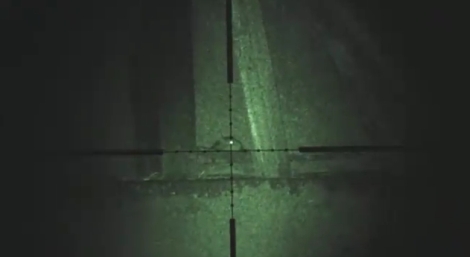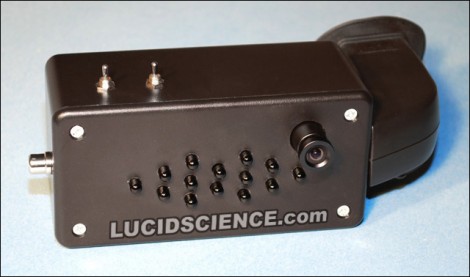
Every smartphone (and most dumb phones) has a video camera built into it these days. Some of them are even capable of recording respectable HD video. So we’d bet that the decades old camcorder you’ve got kicking around isn’t getting any use at all anymore. [John] wants to encourage you to hack that hardware. He published a post showing just how easy it is to salvage and use a camcorder CRT.
The gist is that you simply need to hook up power and feed it video. The board that is attached to the CRT has its own voltage hardware to drive the tube. He demonstrates a 9V battery as a power supply, but also mentions that it should be pretty easy to power the thing from a USB port. As for video, all it takes is a composite signal. Of course you’ve got to determine the pinout for your particular CRT module. The method he chose was to use a continuity tester to find the path from a capacitor’s negative leg to the appropriate pin header. Next he used a bench supply to inject a current-limited low voltage until he saw response when probing the pins. Finding the composite-in is a similar trial and error process.
So what can you use this for? Why not make it the display for a simple video game?















